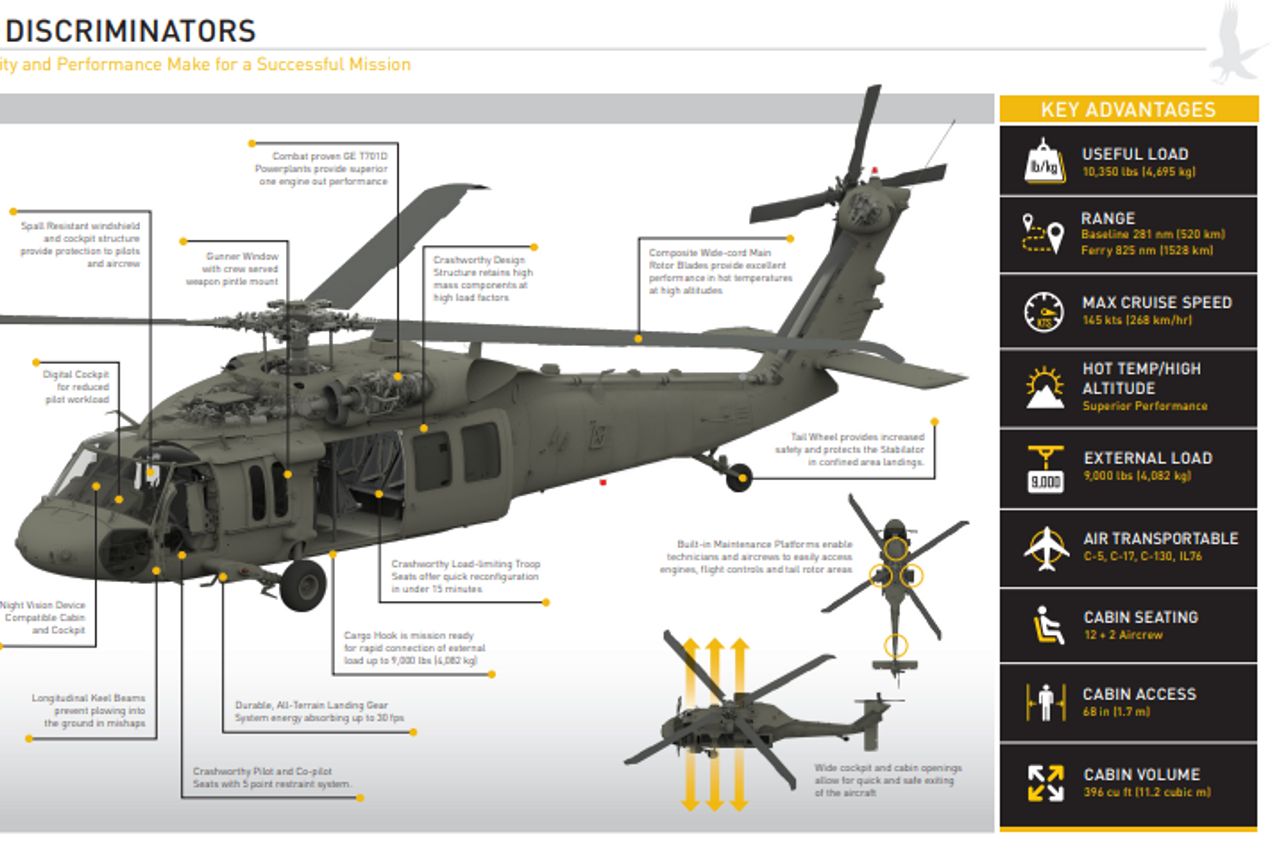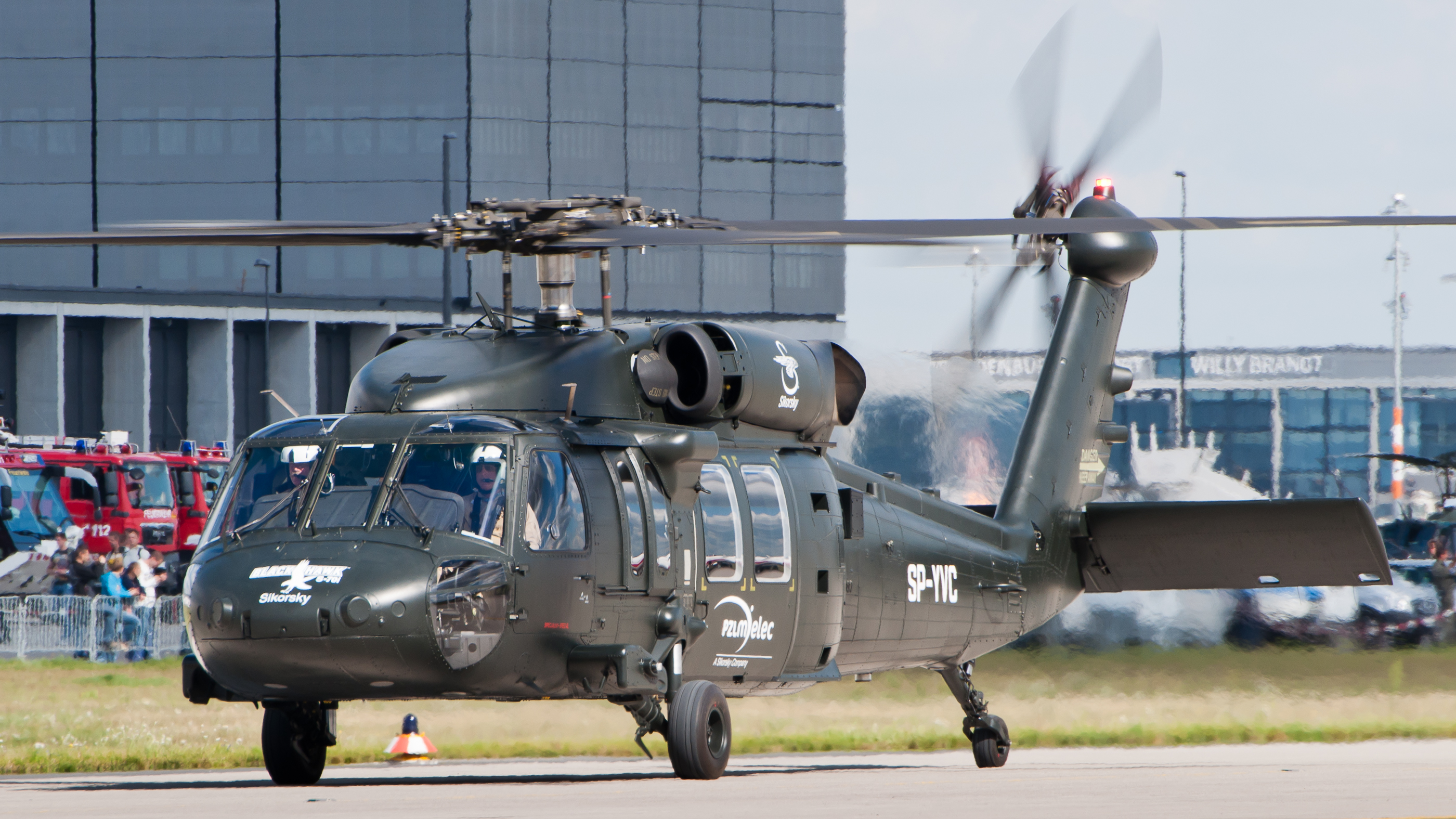The Sikorsky S 70 Helicopter: A Deep Dive into Its Style and Efficiency
The Sikorsky S 70 Helicopter: A Deep Dive into Its Style and Efficiency
Blog Article
High-Performance Multi-Role Rotorcraft Featuring Advanced Cockpit Technologies and Integrated Sensing Unit Systems
The realm of rotorcraft technology has actually seen noteworthy developments in current times, particularly in the realm of high-performance multi-role rotorcraft equipped with advanced cabin innovations and flawlessly integrated sensing unit systems. In the following discussion, we will certainly explore the development of rotorcraft technology, dig right into the world of innovative cabin innovations, and check out the implications of integrated sensing unit systems on the operational flexibility and performance of contemporary rotorcraft.
Advancement of Rotorcraft Innovation
The advancement of rotorcraft technology has been noted by significant improvements in the rules of aerodynamics, products, and propulsion systems, shaping the abilities and efficiency of modern-day rotorcraft. Aerodynamic improvements have improved the effectiveness and ability to move of rotorcraft, enabling raised speed, agility, and stability throughout trip (sikorsky s 70). Developments in materials, such as making use of composite materials and advanced alloys, have actually resulted in lighter yet more powerful rotorcraft structures, boosting general efficiency and toughness. Additionally, advancements in propulsion systems, consisting of a lot more effective engines and ingenious propulsion modern technologies, have actually made it possible for rotorcraft to attain greater elevations, faster rates, and higher payloads.
These developments have not only changed the capacities of rotorcraft yet have actually also expanded their applications throughout different industries, consisting of armed forces, commercial, and emergency situation solutions. The continuous advancement of rotorcraft modern technology proceeds to drive development in the field, pushing the boundaries of what is possible and forming the future of upright flight.
Advanced Cockpit Innovations
Structure upon the foundational innovations in the rules of aerodynamics, materials, and propulsion systems, the realm of rotorcraft innovation currently changes focus in the direction of pioneering Advanced Cabin Innovations. The combination of cutting-edge modern technologies within the cockpit setting plays a vital function in enhancing the functional capabilities, safety and security, and efficiency of contemporary rotorcraft. sikorsky s 70. Advanced Cockpit Innovations include a vast range of attributes designed to supply pilots with enhanced situational understanding, structured data administration, and instinctive control interfaces
One of the vital developments in cabin layout is the implementation of glass cabins, which change standard analog determines with high-resolution displays. These electronic systems offer adjustable formats, real-time data integration, and boosted readability, enabling pilots to accessibility important information at a look. In addition, advanced avionics systems, such as fly-by-wire controls and augmented truth displays, are changing how pilots connect with the airplane, allowing for precise control and improved decision-making capabilities.


Including sophisticated cockpit innovations not just improves pilot performance but also adds to overall mission performance and safety in intricate operational environments. By leveraging modern innovations within the cabin, rotorcraft manufacturers are establishing new standards for functional excellence and goal success.
Integrated Sensor Solutions
With the evolution of rotorcraft technology, the integration of innovative Integrated Sensor Equipment has come to be vital in enhancing functional efficiency and security. These Integrated Sensor Solutions encompass a large variety of innovations that provide critical information for different features such as navigation, surveillance, targeting, and environmental monitoring. By perfectly integrating sensing units like radars, cameras, lidar, and infrared systems right into rotorcraft, drivers can gain from enhanced situational recognition, enhanced objective capacities, and reduced pilot workload.
One trick benefit of Integrated Sensor Solutions is their capacity to gather real-time data and provide actionable understandings to pilots and goal drivers. For example, progressed radar systems can find and track targets over cross countries, permitting early danger detection and efficient feedback planning. In addition, integrating electro-optical and infrared electronic cameras makes it possible for rotorcraft to conduct reconnaissance and monitoring objectives with accuracy and precision.
In significance, the assimilation of advanced sensor innovations into rotorcraft not just boosts functional performance but likewise contributes dramatically to total goal success and staff safety and security. As rotorcraft proceed to advance, the function of Integrated Sensor Systems will certainly continue to be at the center of development in the aerospace industry.
Operational Flexibility and Efficiency
Enhancing operational hop over to here convenience and performance in rotorcraft is a natural progression from the assimilation of innovative Integrated Sensing unit Solutions. By leveraging the data and understandings offered by these innovative sensing unit systems, rotorcraft can optimize their performance across various missions and environments.
Operational flexibility incorporates the capacity of rotorcraft to adapt to various duties and situations efficiently. With sophisticated cabin modern technologies and integrated sensing unit systems, rotorcraft can effortlessly transition in between tasks such as search and rescue, clinical evacuation, security, and much more. This convenience improves the rotorcraft's capacity to satisfy varied operational demands without needing comprehensive reconfiguration.
Performance in rotorcraft procedures is important for making best use of objective effectiveness and resource utilization. Integrated sensor systems play a critical role in enhancing operational efficiency by providing real-time information on weather, terrain mapping, target monitoring, and extra. This information makes it possible for pilots to make informed decisions promptly, enhance trip paths, save gas, and enhance general goal productivity.
Effect On Modern Aeronautics Procedures

In addition, the combination of advanced sensing units assists in improved goal preparation and execution, making it possible for rotorcraft to do a large range of tasks with boosted precision. From search and rescue operations to airborne firefighting and regulation enforcement missions, the abilities of modern-day rotorcraft outfitted with advanced cockpit modern technologies and integrated sensing unit systems are my sources unequaled.
Moreover, the effect of these advancements prolongs past operational effectiveness to cost-effectiveness and sustainability. By optimizing trip paths, fuel consumption, and upkeep routines, high-performance rotorcraft furnished with advanced cockpit innovations and sensing units add to lowering functional prices and environmental effect, making them important assets in contemporary aeronautics procedures.
Conclusion
To conclude, the high-performance multi-role rotorcraft with advanced cockpit innovations and integrated sensing unit systems stands for a substantial evolution in aviation innovation. These technologies enhance operational adaptability and performance, ultimately influencing contemporary aeronautics procedures in a look at here positive method. The integration of these advanced innovations permits for boosted capacities and efficiency in numerous objective situations, showcasing the proceeded innovation of rotorcraft modern technology in the aviation industry.
The realm of rotorcraft innovation has actually seen notable innovations in recent times, specifically in the realm of high-performance multi-role rotorcraft geared up with cutting-edge cockpit innovations and effortlessly incorporated sensing unit systems. From improved mission versatility to improved functional effectiveness, the convergence of advanced cabin modern technologies and incorporated sensor systems has ushered in a new era of possibilities for rotorcraft applications. In the following discussion, we will certainly discover the evolution of rotorcraft technology, delve into the world of innovative cabin developments, and check out the ramifications of integrated sensor systems on the operational adaptability and performance of contemporary rotorcraft.

Report this page